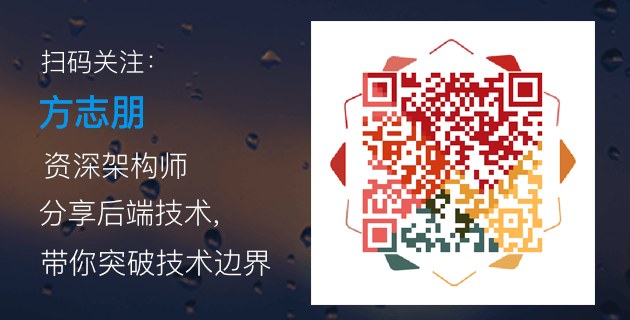集成测试
我们从 Hello World 项目入手,增加单元测试功能。
我们新家了一个名为hello-world-test的 Gradle 项目。
环境
- Gradle 3.4.1
- Spring Boot 1.5.2.RELEASE
- Thymeleaf 3.0.3.RELEASE
- Thymeleaf Layout Dialect 2.2.0
- Spring Security Test 4.2.2.RELEASE
build.gradle
1. 修改项目的名称
修改 build.gradle 文件,让我们的hello-world项目成为一个新的项目。
修改内容也比较简单,修改项目名称及版本即可。
jar {
baseName = 'hello-world-test'
version = '1.0.0'
}
2. 指定依赖
// 依赖关系
dependencies {
......
// 该依赖对于编译测试是必须的,默认包含编译产品依赖和编译时依
testCompile('org.springframework.security:spring-security-test:4.2.2.RELEASE')
......
}
编写测试类
测试 /users
首先我们测试 /users接口,编写UserControllerTest.java :
@RunWith(SpringRunner.class)
@SpringBootTest
@AutoConfigureMockMvc
public class UserControllerTest {
@Autowired
private MockMvc mockMvc;
@Test
public void testList() throws Exception {
mockMvc.perform(MockMvcRequestBuilders.get("/users"))
.andExpect(status().isOk());
}
}
运行 JUnit,结果是测试没有通过。在控制台,我们能看到如下请求和相应的结果:
MockHttpServletRequest:
HTTP Method = GET
Request URI = /users
Parameters = {}
Headers = {}
Handler:
Type = null
Async:
Async started = false
Async result = null
Resolved Exception:
Type = null
ModelAndView:
View name = null
View = null
Model = null
FlashMap:
Attributes = null
MockHttpServletResponse:
Status = 302
Error message = null
Headers = {X-Content-Type-Options=[nosniff], X-XSS-Protection=[1; mode=block], Cache-Control=[no-cache, no-store, max-age=0, must-revalidate], Pragma=[no-cache], Expires=[0], X-Frame-Options=[DENY], Location=[http://localhost/login]}
Content type = null
Body =
Forwarded URL = null
Redirected URL = http://localhost/login
Cookies = []
可以看到响应的状态码为 302,重定向到了 http://localhost/login URL。
我们再次修改测试接口,这一次我们使用 mock 用户名为“waylau”角色权限为“USER”的用户:
@Test
@WithMockUser(username="waylau", password="123456", roles={"USER"}) // mock 了一个用户
public void testListWithUser() throws Exception {
mockMvc.perform(MockMvcRequestBuilders.get("/users"))
.andExpect(status().isOk());
}
这次,我们的测试用例通过。如果我们把用的角色权限改为“ADMIN”,会怎么样呢?
MockHttpServletRequest:
HTTP Method = GET
Request URI = /users
Parameters = {}
Headers = {}
Handler:
Type = null
Async:
Async started = false
Async result = null
Resolved Exception:
Type = null
ModelAndView:
View name = null
View = null
Model = null
FlashMap:
Attributes = null
MockHttpServletResponse:
Status = 403
Error message = Access is denied
Headers = {X-Content-Type-Options=[nosniff], X-XSS-Protection=[1; mode=block], Cache-Control=[no-cache, no-store, max-age=0, must-revalidate], Pragma=[no-cache], Expires=[0], X-Frame-Options=[DENY]}
Content type = null
Body =
Forwarded URL = null
Redirected URL = null
Cookies = []
看到测试失败后,控制台打印的信息,状态码为 403,错误信息为 “Access is denied”。
看完两件小事
如果你觉得这篇文章对你挺有启发,我想请你帮我两个小忙:
- 把这篇文章分享给你的朋友 / 交流群,让更多的人看到,一起进步,一起成长!
- 关注公众号 「方志朋」,公众号后台回复「资源」 免费领取我精心整理的前端进阶资源教程
